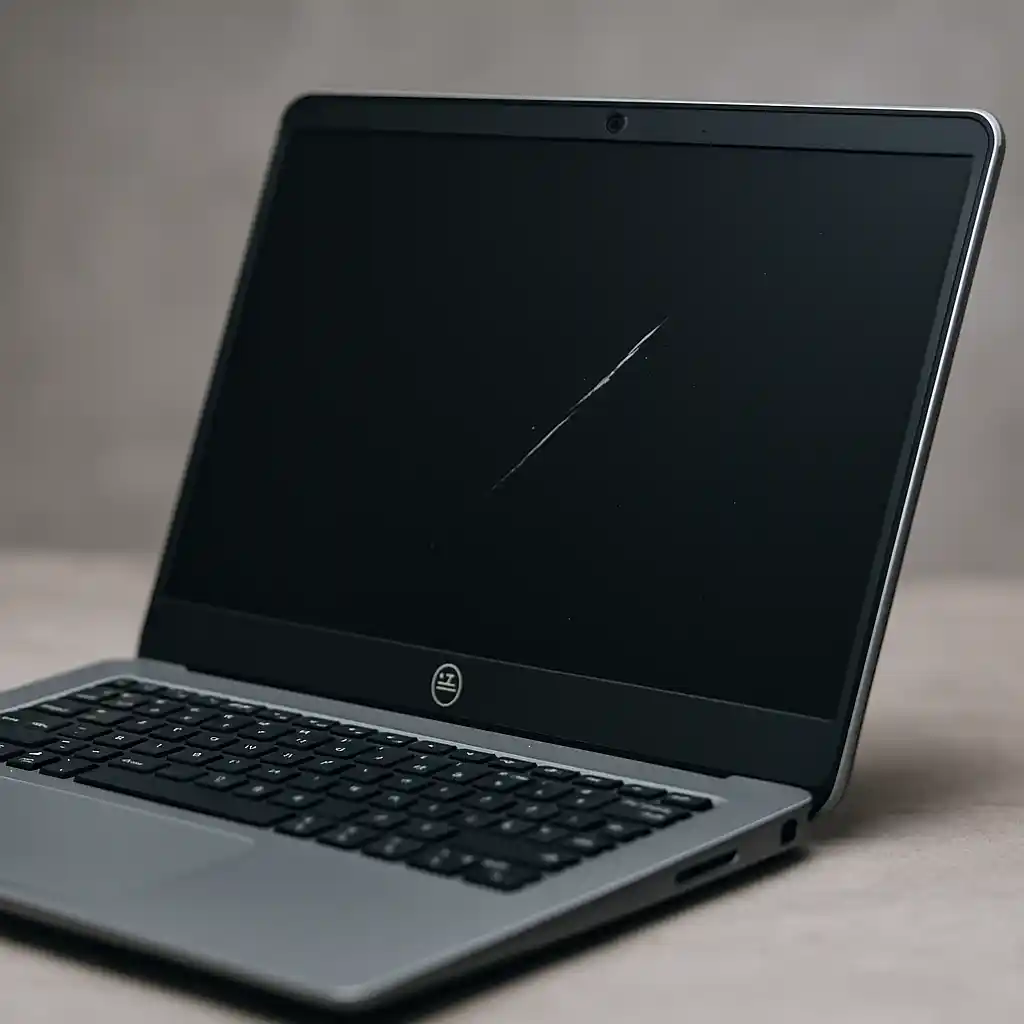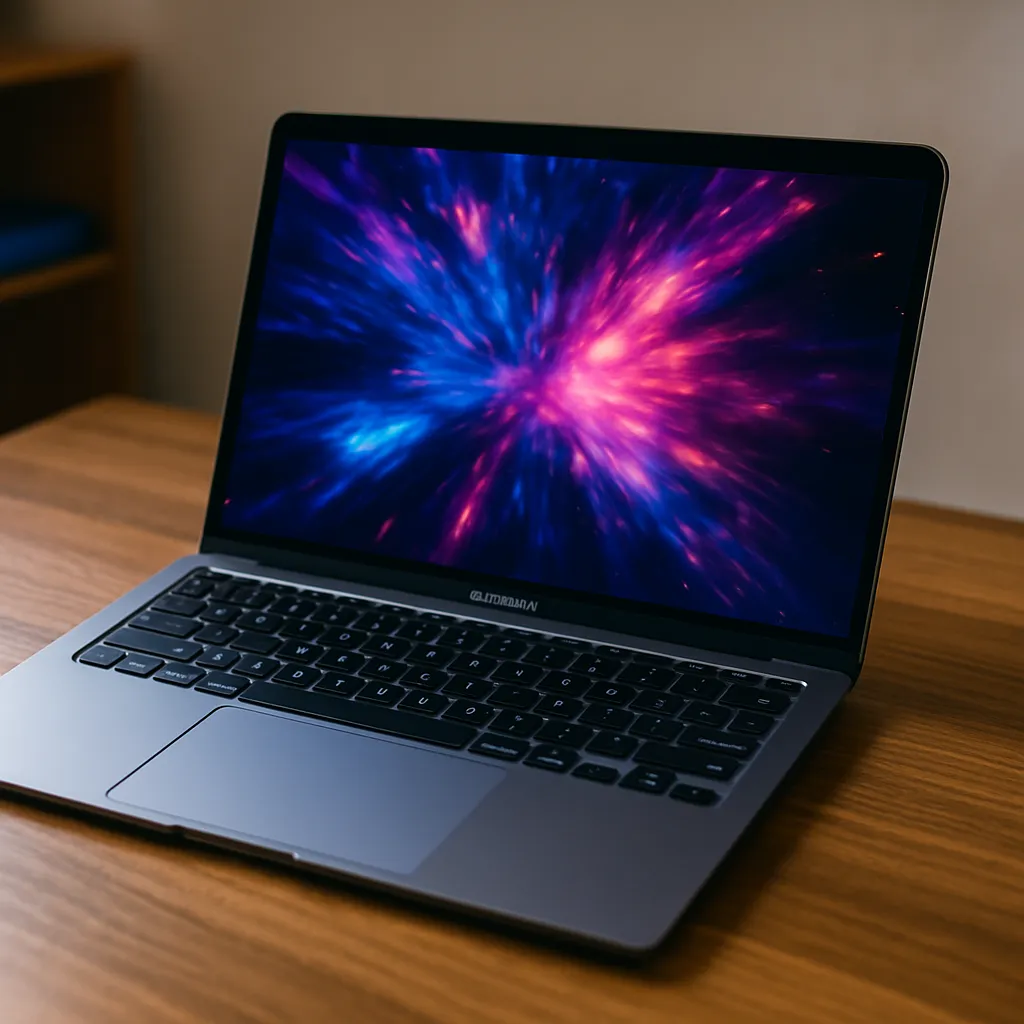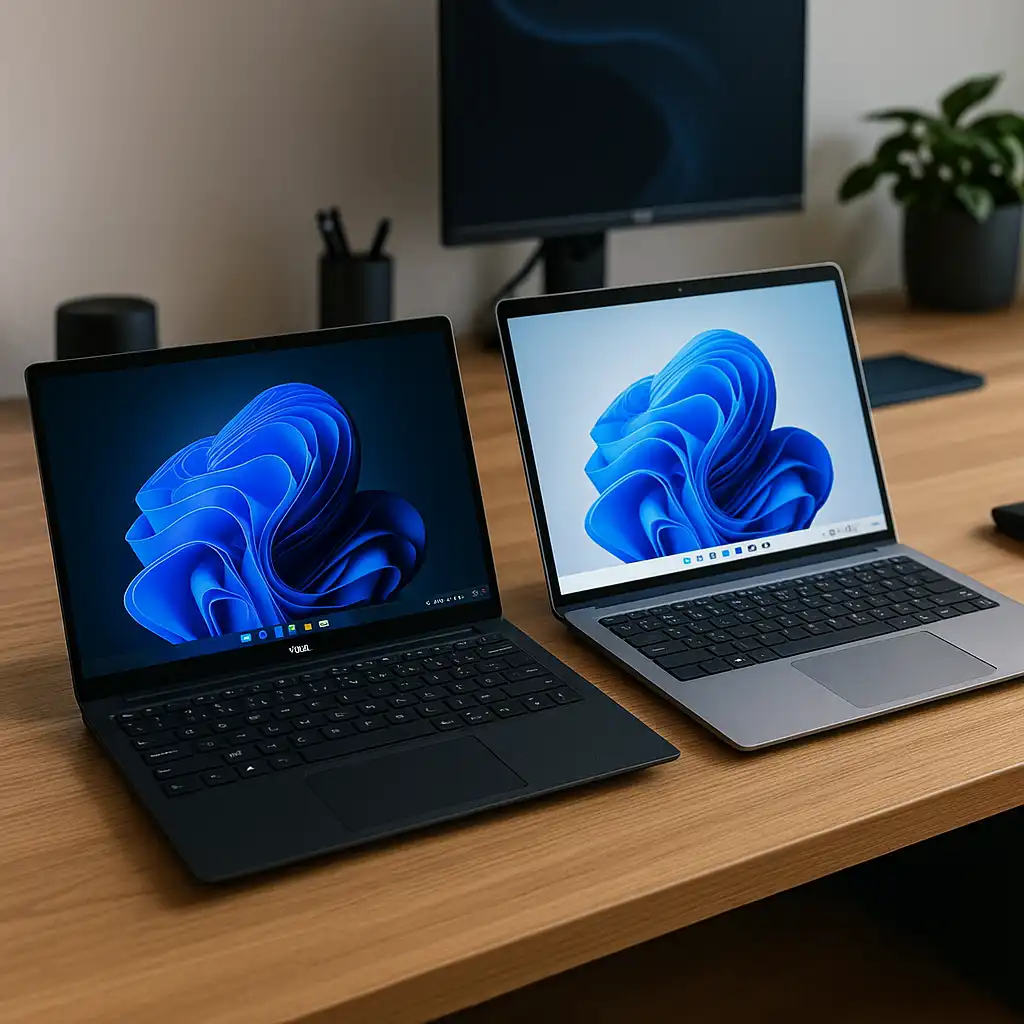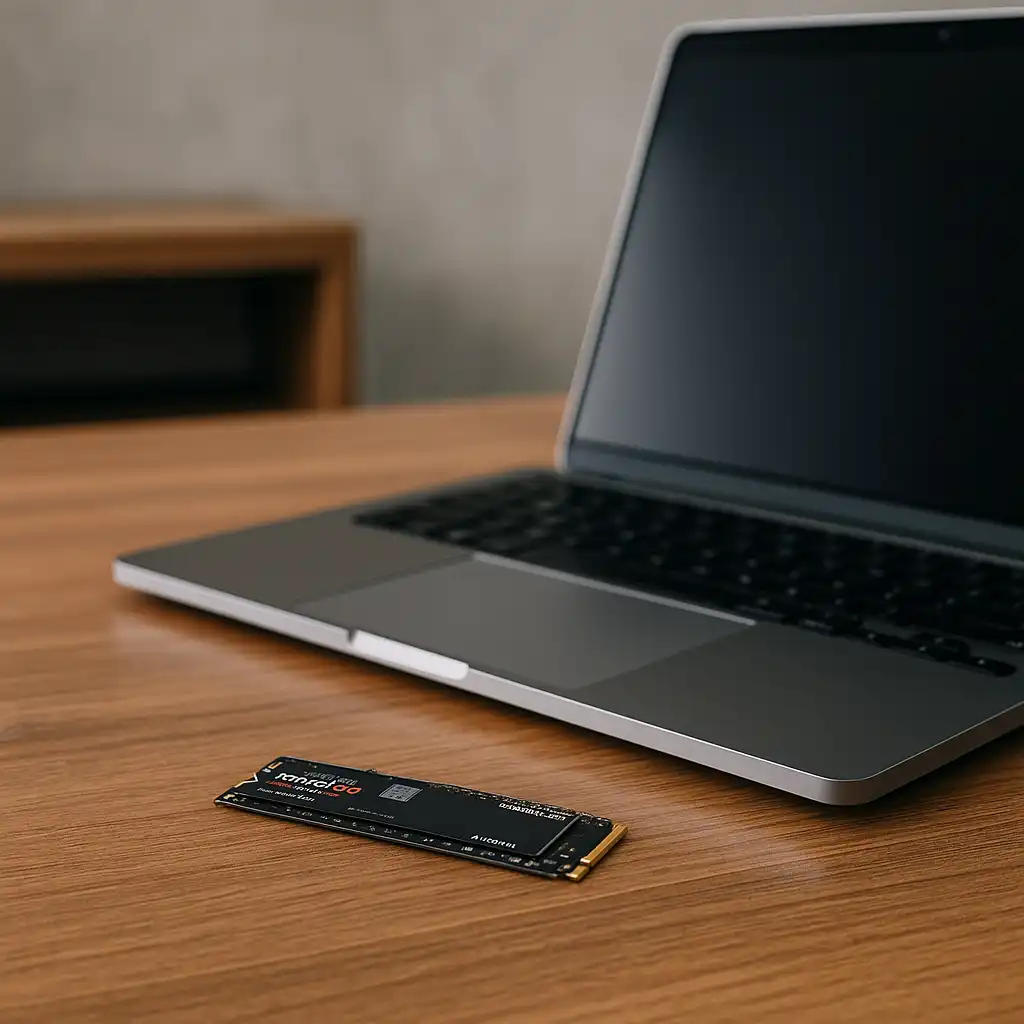Scratched Laptop Screen: What To Do Next Without Overpaying
Disclosure: This post contains affiliate links. LaptopVoyager.com participates in the Amazon Associates Program and may earn commissions on qualifying purchases, at no extra cost to you.
A scratched laptop screen might seem like a minor inconvenience, but over time, even small marks can get in the way—especially when you’re trying to stay focused on work, school, or creative tasks. Whether it’s a shallow scuff or a more visible blemish, knowing how to deal with it can help you avoid unnecessary repairs and keep your setup working for you.
Let’s break down what really matters and how to handle it smartly.
Minor Scratches Rarely Impact Performance
Most surface-level scratches don’t interfere with how your laptop performs. Your system speed, file access, and app responsiveness won’t be affected. That said, when the mark is smack in the middle of your screen, it can get annoying fast—especially during long writing sessions, Zoom calls, or Netflix marathons.
Many users say the distraction is more visual than functional. But over time, that little annoyance can grow into a bigger frustration.
You’ve Got Easy Fixes That Can Help
Here’s the good news: you can often make a scratch much less noticeable without expensive repairs. A matte screen protector can mask light damage, while adjusting brightness and contrast may help reduce glare that highlights the flaw.
If the scratch is off to the side, you may not even notice it after a few days. For students and remote workers, these simple tricks are often enough to keep using the laptop comfortably.
Touchscreens Need a Bit More Attention
Things get trickier with touchscreen laptops. A deep scratch on a glass layer can sometimes affect touch sensitivity. Based on real-world reports, some laptops may register ghost taps or stop responding entirely if the protective layer is damaged.
Even if the touchscreen still works, visible marks can make the display look worn out—especially on sleeker models where the visual quality is part of the appeal. For design-focused users or business pros, that might be a dealbreaker.
Repairs Can Be Costly—But Not Always Worthless
If the scratch starts interfering with how you use your laptop—like faulty touch gestures or distorted display areas—it may be time to consider repair options. But keep this in mind: screen repairs can be expensive, especially for high-resolution or touchscreen models.
You might be better off connecting to an external monitor, especially if your laptop’s performance is still solid. On the flip side, if you’re working on a newer, premium model that you rely on daily, getting it professionally fixed could be worth the price.
Some local repair shops offer competitive rates, though make sure to check reviews and warranty terms before going that route.
Conclusion
A scratched laptop screen doesn’t always mean you need a repair. For minor issues, small adjustments—like a matte protector or tweaking brightness—can keep your screen usable and save you money. But if the scratch starts affecting touch response or clarity, it’s worth weighing the cost of repair against how much you rely on your laptop each day. The key is knowing when to live with it and when it’s worth fixing.






